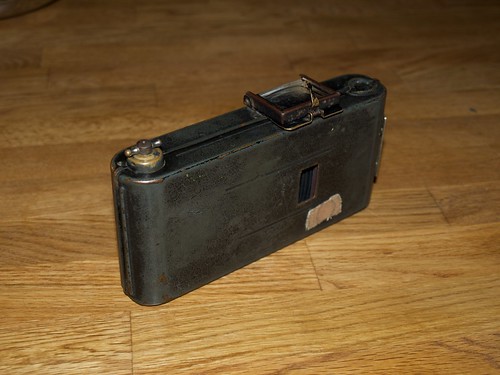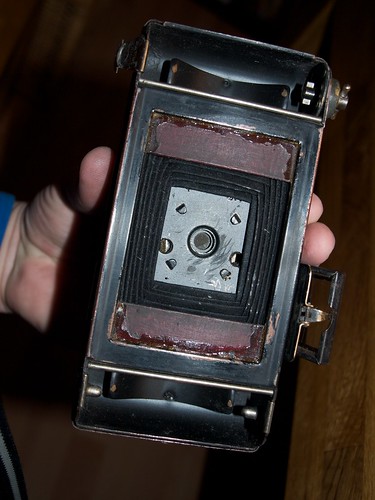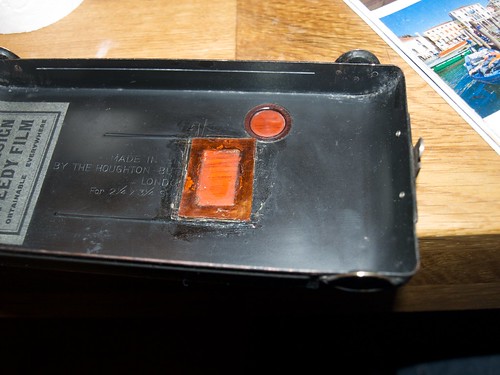- The data is arranged in tabular format
- There is only one table per tab in the sheet
- There is no extraneous data around the tab
- The first row contains column titles that are also valid XML element names (i.e. no spaces or other restricted characters).
<?xml version="1.0" encoding="iso-8859-1"?>
<xsl:stylesheet
version="2.0"
xmlns:xsl="http://www.w3.org/1999/XSL/Transform"
xmlns:office="urn:oasis:names:tc:opendocument:xmlns:office:1.0"
xmlns:style="urn:oasis:names:tc:opendocument:xmlns:style:1.0"
xmlns:text="urn:oasis:names:tc:opendocument:xmlns:text:1.0"
xmlns:table="urn:oasis:names:tc:opendocument:xmlns:table:1.0"
xmlns:draw="urn:oasis:names:tc:opendocument:xmlns:drawing:1.0"
xmlns:fo="urn:oasis:names:tc:opendocument:xmlns:xsl-fo-compatible:1.0"
xmlns:xlink="http://www.w3.org/1999/xlink"
xmlns:dc="http://purl.org/dc/elements/1.1/"
xmlns:meta="urn:oasis:names:tc:opendocument:xmlns:meta:1.0"
xmlns:number="urn:oasis:names:tc:opendocument:xmlns:datastyle:1.0"
xmlns:presentation="urn:oasis:names:tc:opendocument:xmlns:presentation:1.0"
xmlns:svg="urn:oasis:names:tc:opendocument:xmlns:svg-compatible:1.0"
xmlns:chart="urn:oasis:names:tc:opendocument:xmlns:chart:1.0"
xmlns:dr3d="urn:oasis:names:tc:opendocument:xmlns:dr3d:1.0"
xmlns:math="http://www.w3.org/1998/Math/MathML"
xmlns:form="urn:oasis:names:tc:opendocument:xmlns:form:1.0"
xmlns:script="urn:oasis:names:tc:opendocument:xmlns:script:1.0"
xmlns:config="urn:oasis:names:tc:opendocument:xmlns:config:1.0"
xmlns:ooo="http://openoffice.org/2004/office"
xmlns:ooow="http://openoffice.org/2004/writer"
xmlns:oooc="http://openoffice.org/2004/calc"
xmlns:dom="http://www.w3.org/2001/xml-events"
xmlns:xforms="http://www.w3.org/2002/xforms"
xmlns:xsd="http://www.w3.org/2001/XMLSchema"
xmlns:xsi="http://www.w3.org/2001/XMLSchema-instance"
xmlns:rpt="http://openoffice.org/2005/report"
xmlns:of="urn:oasis:names:tc:opendocument:xmlns:of:1.2"
xmlns:xhtml="http://www.w3.org/1999/xhtml"
xmlns:grddl="http://www.w3.org/2003/g/data-view#"
xmlns:tableooo="http://openoffice.org/2009/table"
xmlns:field="urn:openoffice:names:experimental:ooo-ms-interop:xmlns:field:1.0"
xmlns:formx="urn:openoffice:names:experimental:ooxml-odf-interop:xmlns:form:1.0"
xmlns:css3t="http://www.w3.org/TR/css3-text/"
xmlns:saxon="http://icl.com/saxon"
extension-element-prefixes="saxon">
<xsl:output indent="yes"
method="xml"
encoding="UTF-8"
saxon:character-representation="native;decimal"/>
<xsl:param name="collimit" select="100"/>
<xsl:template match="*">
<!-- Do Nothing -->
</xsl:template>
<xsl:template match="office:document">
<document>
<xsl:apply-templates />
</document>
</xsl:template>
<xsl:template match="office:body">
<xsl:apply-templates/>
</xsl:template>
<xsl:template match="office:spreadsheet">
<xsl:apply-templates/>
</xsl:template>
<xsl:template match="table:table">
<table>
<xsl:attribute name="name">
<xsl:value-of select="@table:name"/>
</xsl:attribute>
<xsl:apply-templates />
</table>
</xsl:template>
<xsl:template match="table:table-row">
<row>
<xsl:attribute name="rownum">
<xsl:value-of select="count(preceding-sibling::table:table-row) + 1"/>
</xsl:attribute>
<xsl:apply-templates />
</row>
</xsl:template>
<xsl:template name="repeat-cells">
<xsl:param name="index" select="0"/>
<xsl:param name="cellnum" select="1"/>
<xsl:if test="$collimit >= $cellnum">
<xsl:if test="$index > 0">
<cell>
<xsl:attribute name="cellnum">
<xsl:value-of select="$cellnum"/>
</xsl:attribute>
</cell>
<xsl:call-template name="repeat-cells">
<xsl:with-param name="index" select="$index - 1"/>
<xsl:with-param name="cellnum" select="$cellnum + 1"/>
</xsl:call-template>
</xsl:if>
</xsl:if>
</xsl:template>
<xsl:template match="table:table-cell">
<xsl:variable name="repeats"
select="sum(preceding-sibling::table:table-cell/@table:number-columns-repeated) -
count(preceding-sibling::table:table-cell[@table:number-columns-repeated > 0])"/>
<xsl:variable name="cellnum" select="count(preceding-sibling::table:table-cell) + $repeats + 1"/>
<xsl:if test="$collimit >= $cellnum">
<cell>
<xsl:attribute name="cellnum">
<xsl:value-of select="$cellnum"/>
</xsl:attribute>
<xsl:apply-templates />
</cell>
<xsl:if test="@table:number-columns-repeated > 0">
<xsl:call-template name="repeat-cells">
<xsl:with-param name="index" select="@table:number-columns-repeated -1"/>
<xsl:with-param name="cellnum" select="$cellnum + 1"/>
</xsl:call-template>
</xsl:if>
</xsl:if>
</xsl:template>
<xsl:template match="text:p">
<p>
<xsl:value-of select="."/>
</p>
</xsl:template>
</xsl:stylesheet>
<?xml version="1.0" encoding="iso-8859-1"?>
<xsl:stylesheet version="2.0" xmlns:xsl="http://www.w3.org/1999/XSL/Transform">
<xsl:output indent="yes"
method="xml"
encoding="UTF-8"
xmlns:saxon="http://icl.com/saxon"
saxon:character-representation="native;decimal"/>
<xsl:template match="*">
<!-- Do Nothing -->
</xsl:template>
<xsl:template match="document">
<subjects>
<xsl:apply-templates select="table/row[@rownum > 1]" />
</subjects>
</xsl:template>
<xsl:template match="row">
<record>
<xsl:apply-templates />
</record>
</xsl:template>
<xsl:template match="cell">
<xsl:variable name="cellnum">
<xsl:value-of select="@cellnum"/>
</xsl:variable>
<xsl:variable name="table">
<xsl:value-of select="ancestor::table/@name"/>
</xsl:variable>
<xsl:variable name="cellname">
<xsl:value-of select="/document/table[@name=$table]/row[@rownum=1]/cell[@cellnum=$cellnum]/p[1]"/>
</xsl:variable>
<xsl:choose>
<xsl:when test="string-length($cellname) > 0">
<xsl:element name="{$cellname}">
<xsl:apply-templates />
</xsl:element>
</xsl:when>
<xsl:otherwise>
<xsl:element name="OOPS">
<xsl:apply-templates />
</xsl:element>
</xsl:otherwise>
</xsl:choose>
</xsl:template>
<xsl:template match="p">
<xsl:value-of select="."/>
</xsl:template>
</xsl:stylesheet>
I hope someone finds that helpful.














